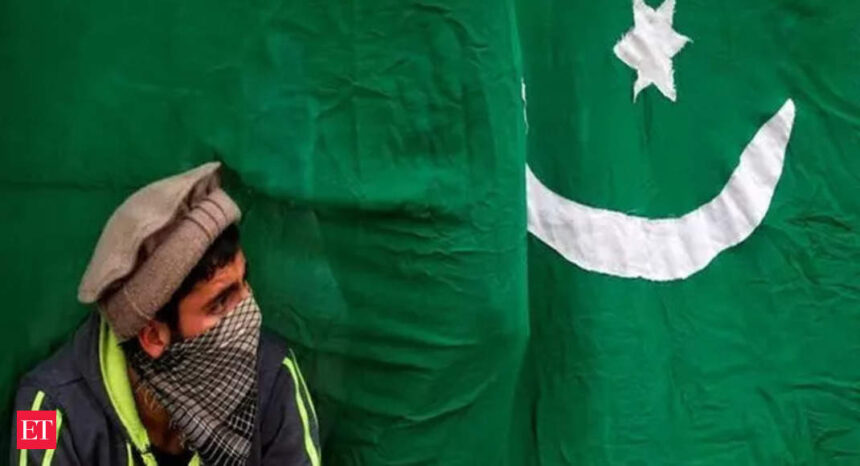After the avoidance of a sovereign debt default in July thanks to a USD 3 billion loan programme of the International Monetary Fund (IMF), Pakistan is on a difficult road to economic recovery under a caretaker administration.
Reforms related to the bailout, such as loosening import limits and demanding the removal of subsidies, have already fuelled annual inflation, which increased to a record 38.0 per cent in May. In addition, interest rates were increased, and the rupee dropped to record lows. The currency dropped 6.2 per cent last month, according to ARY News.
The inflation rate for food remained high at 38.5 per cent in August, according to figures from Pakistan’s statistics department, despite a minor decline from July’s 28.3 per cent rate.
On Friday, authorities also increased the cost of gasoline and diesel to all-time highs.
As political tensions rise ahead of a national election set for November, the economy is getting worse, which has led to intermittent protests.Jamaat-e-Islami has called for a nationwide strike against rising power prices on Saturday.Ordinary Pakistanis say they are struggling to make ends meet, ARY News reported.
With sky-high inflation and foreign exchange reserves barely enough to cover one month of controlled imports, Pakistan has been facing its worst economic crisis in decades, which analysts say could have spiralled into a debt default in the absence of the IMF deal.
The Pakistan government even had to impose additional taxes of 215 billion PKR and slash expenditures by 85 billion PKR in order to strike an agreement with the IMF.
Under the IMF conditions, electricity prices have surged in Pakistan, which has led to social unrest in the country. The IMF has requested Islamabad to provide a written plan after the government decided to seek clearance from the Washington-based lender about its proposal to ease the burden on furious citizens over a hike in electricity bills, The News International reported citing sources.








